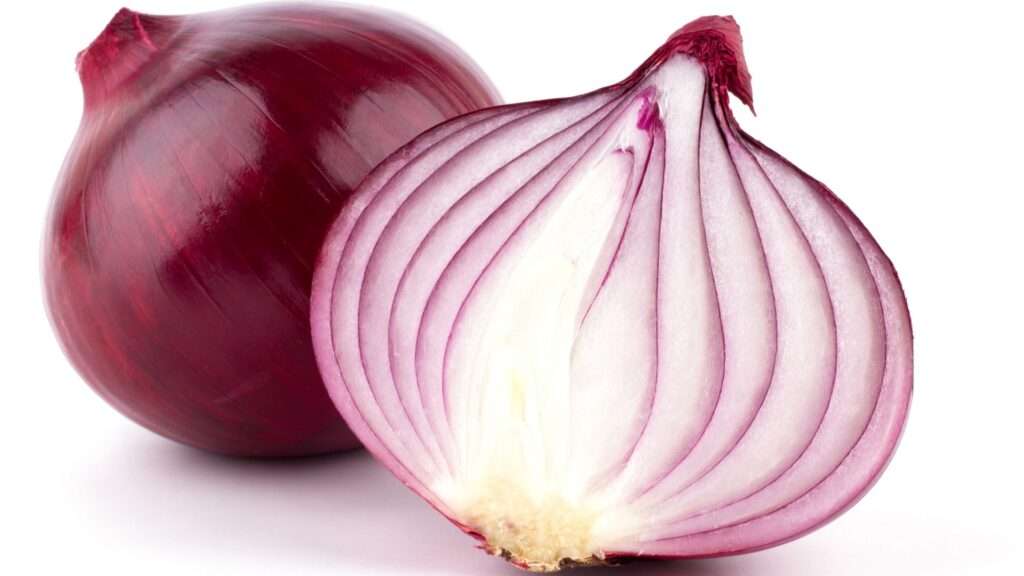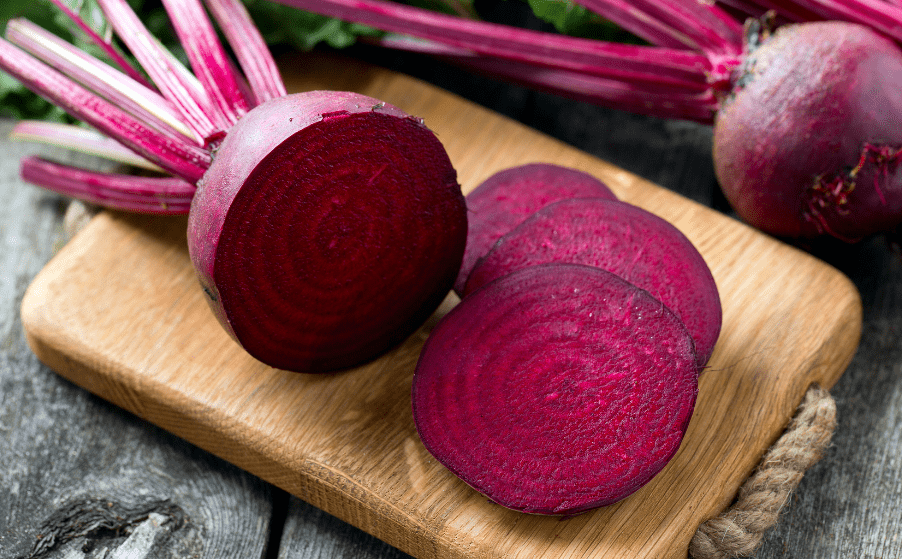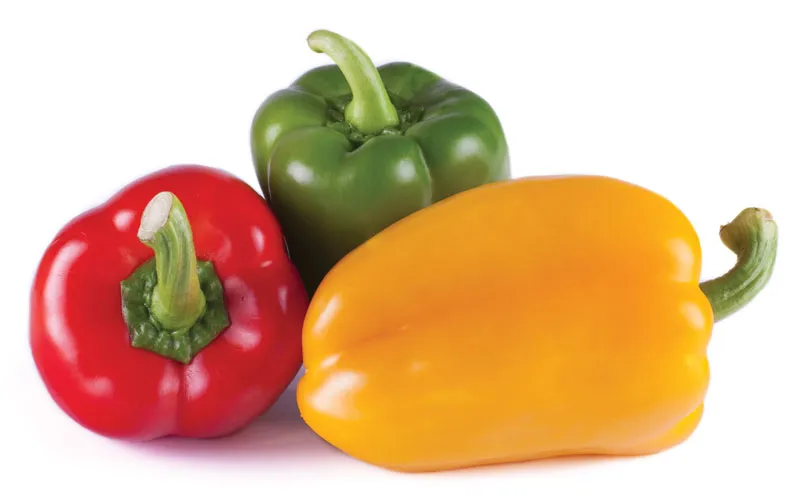
Description
The onion has single or more than one stalks with no leaves that can reach a 180 cm height before coming to an end with a globular cluster of minuscule greenish-white blossoms. Some flower clusters develop bulbuls, which are small secondary bulbs that can be utilized to asexually reproduce new plants. As a plant develops, the bases of its concentric leaves enlarge to create an edible subterranean bulb.
Varieties
You can choose from three primary groups of onions:
When there are 10 to 12 hours of daylight each day, short-day onions will start to develop bulbs. ‘Southern Belle’, ‘White Bermuda’, ‘Granex’, and ‘Cipollini’ are a few examples of common short-day onions.
When there are 14 to 16 hours of daylight every day, long-day onions start to develop bulbs. ‘Red Zeppelin’, ‘Walla Walla’, ‘Italian Red Torpedo’, ‘Yellow Sweet Spanish’, ‘Ring Master’, and ‘Redwing’ are a few suggested long-day onions.
Onions that are day-neutral start to develop bulbs when they receive 12 to 14 hours of daylight every day. ‘Early Yellow Globe’, ‘Cabernet’, ‘Red Amposta’, and ‘Superstar’ are all good varieties.

Uses
Onions are prized for their flavour and extensively used in cooking despite having little nutrients. Additionally, they are prepared as a vegetable and used to enhance foods including soups, roasts, stews, and salads.
Nutrition
Most onion cultivars have about 89% water, 9% carbohydrates, 1% protein, and very little fat (table). Onions have a low concentration of essential nutrients and an energy value of 166 kJ per 100 g. Onions offer a great flavour to a dish without drastically increasing the number of calories.
Cultivation
The best soil for growing onions is one that is rich in nutrients and has good drainage. Since they have less sulphur, sandy loams are preferred; in contrast, clayey soils frequently have a lot of sulphur and produce aromatic bulbs. For onions to grow, the soil needs to be rich in nutrients. Although phosphorus is typically present in adequate proportions, cold soils’ restricted availability may necessitate application before planting. Potash and nitrogen can be sprayed at regular intervals throughout the growing season, with the final nitrogen application taking place at least four weeks before harvest.
Table





